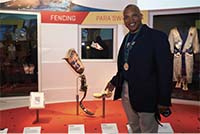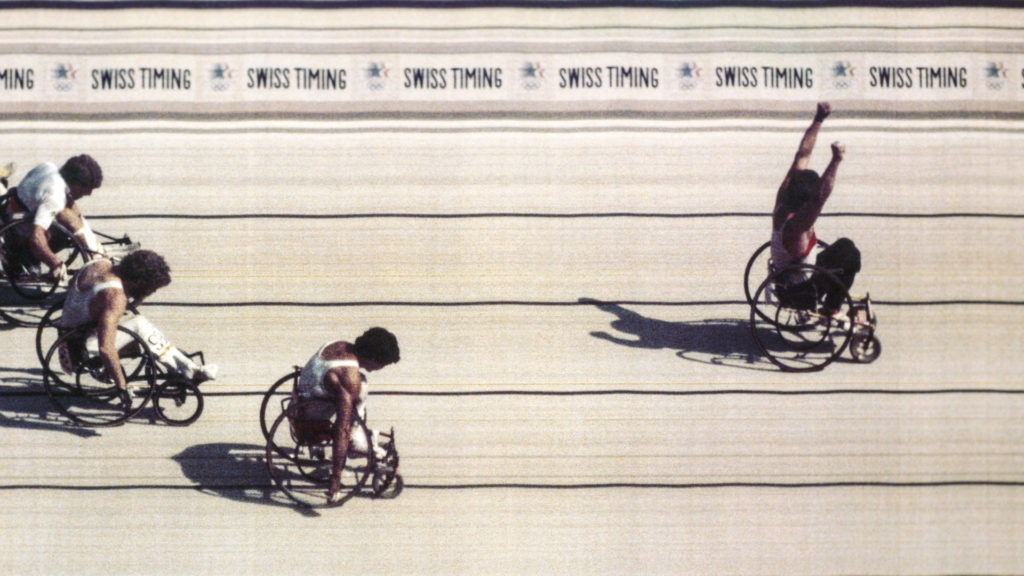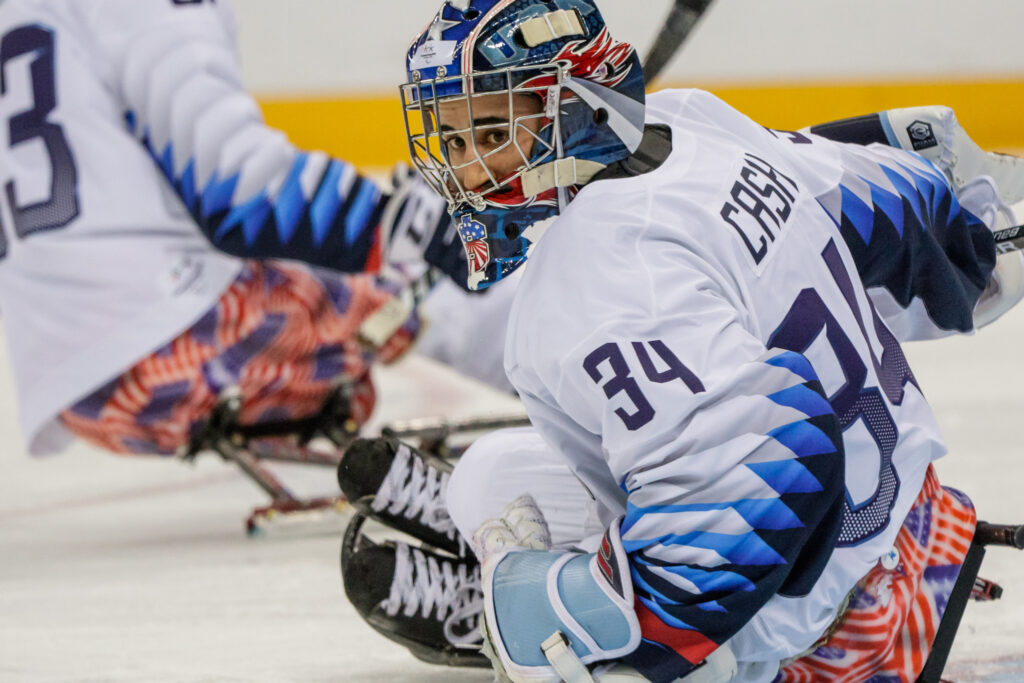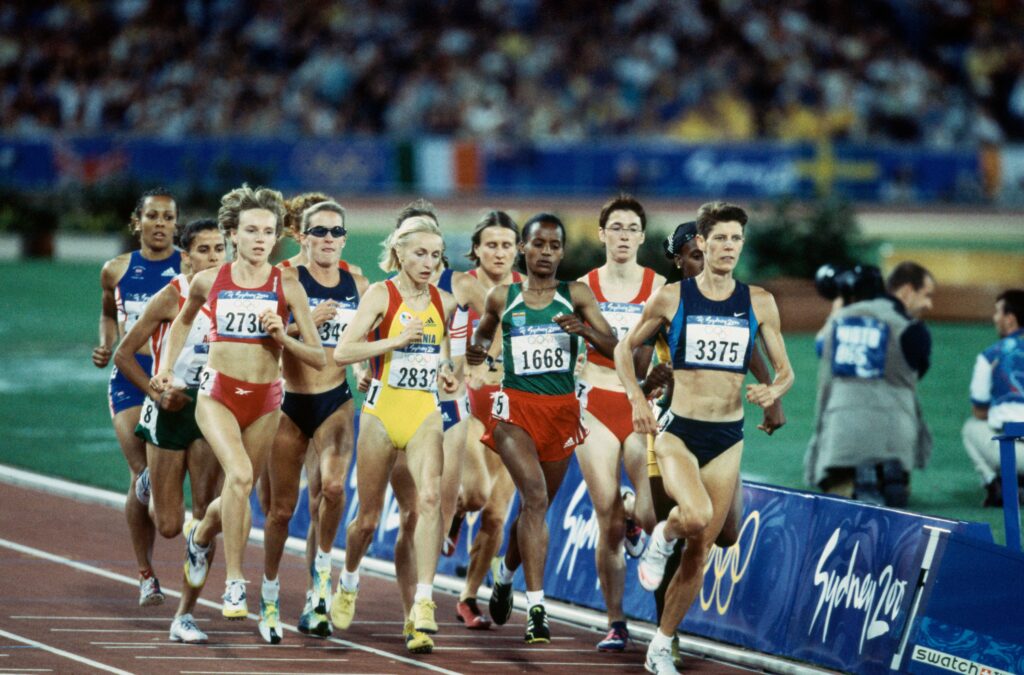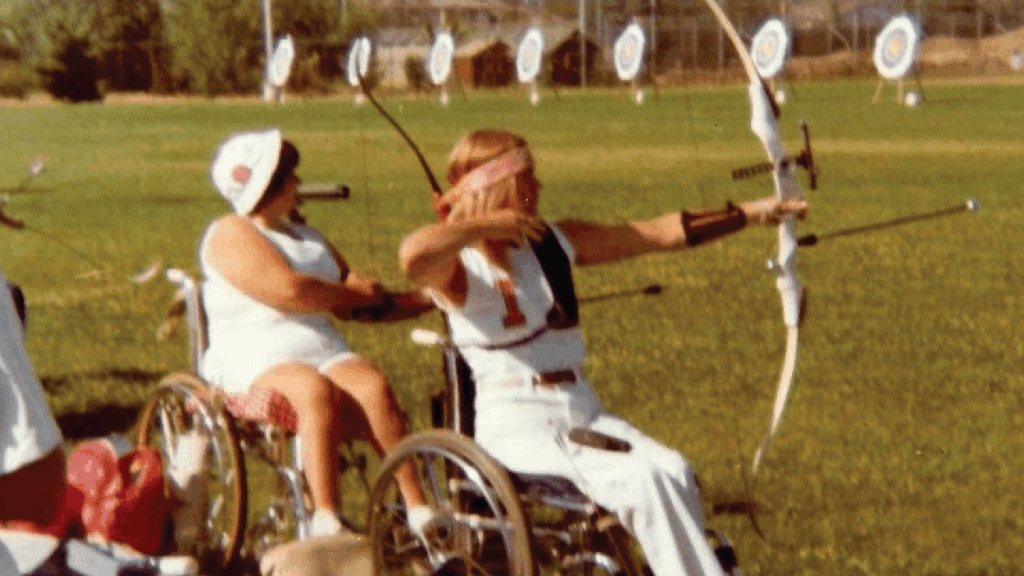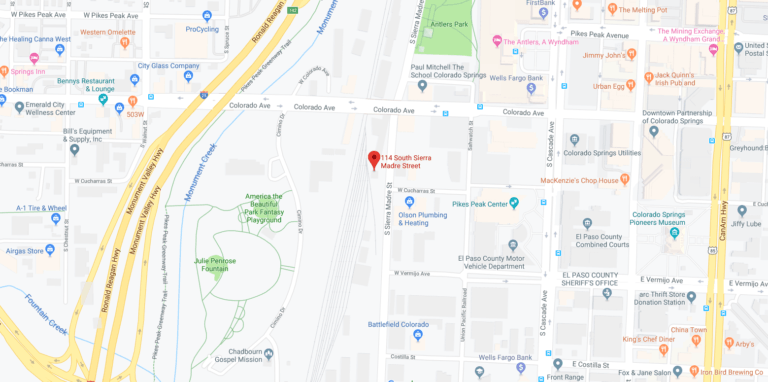Having already set an American record in the 100-meter hurdles and qualified for the 1988 U.S. Olympic Team, Gail Devers was set to make her mark on the world stage.
But when she arrived in Seoul for The Olympics, Gail Devers didn’t feel right. And her times were way off, she was eliminated in the semifinals and returned home to figure out what went wrong.
Her hair, normally curly and flowing, was falling out. Known for her excessively long fingernails – the result of a childhood bet from her father to get her to stop biting her nails – her nails kept breaking and would not grow. Her skin was splotchy and felt like it was sagging. She lost a considerable amount of weight.
It took more than two years for doctors to diagnose the problem: Graves’ disease, an autoimmune disorder that causes an overactive thyroid. It was treatable with radiation, but that caused more problems. Large blisters developed on her foot and walking was difficult. Devers was rushed to the hospital and doctors discussed amputating her feet.
Devers eventually recovered and set her mind on returning to the track. She qualified for the Barcelona 1992 Olympic Games, where she took gold in the 100-meter dash in a photo finish, but hit the final hurdle in her favorite event, the 100-meter hurdles, and finished fifth.
Four years later, at the Atlanta 1996 Olympic Games, she repeated as the gold medalist in the 100-meter dash and added a gold in the 4×100-meter relay. She placed fourth in the 100-meter hurdles. Devers went on to compete in the Sydney 2000 Olympic Games and Athens 2004 Olympic Games.
“In my race, there’s 10 hurdles, but in life, there is always a hurdle,” Devers said in a 2013 interview. “There is always something you gotta get over, and it’s what you do, you know? Sometimes we fall, sometimes we stumble, but we can’t stay down. We can’t allow life to beat us down. Everything happens for a reason, and it builds character in us, and it tells us what we are about and how strong we really are when we didn’t think we could be that strong.”



